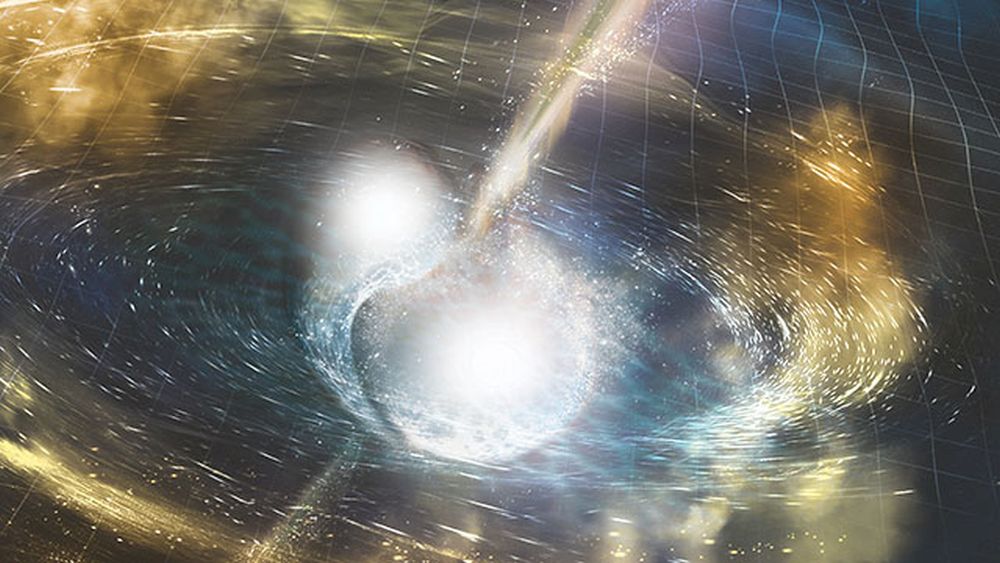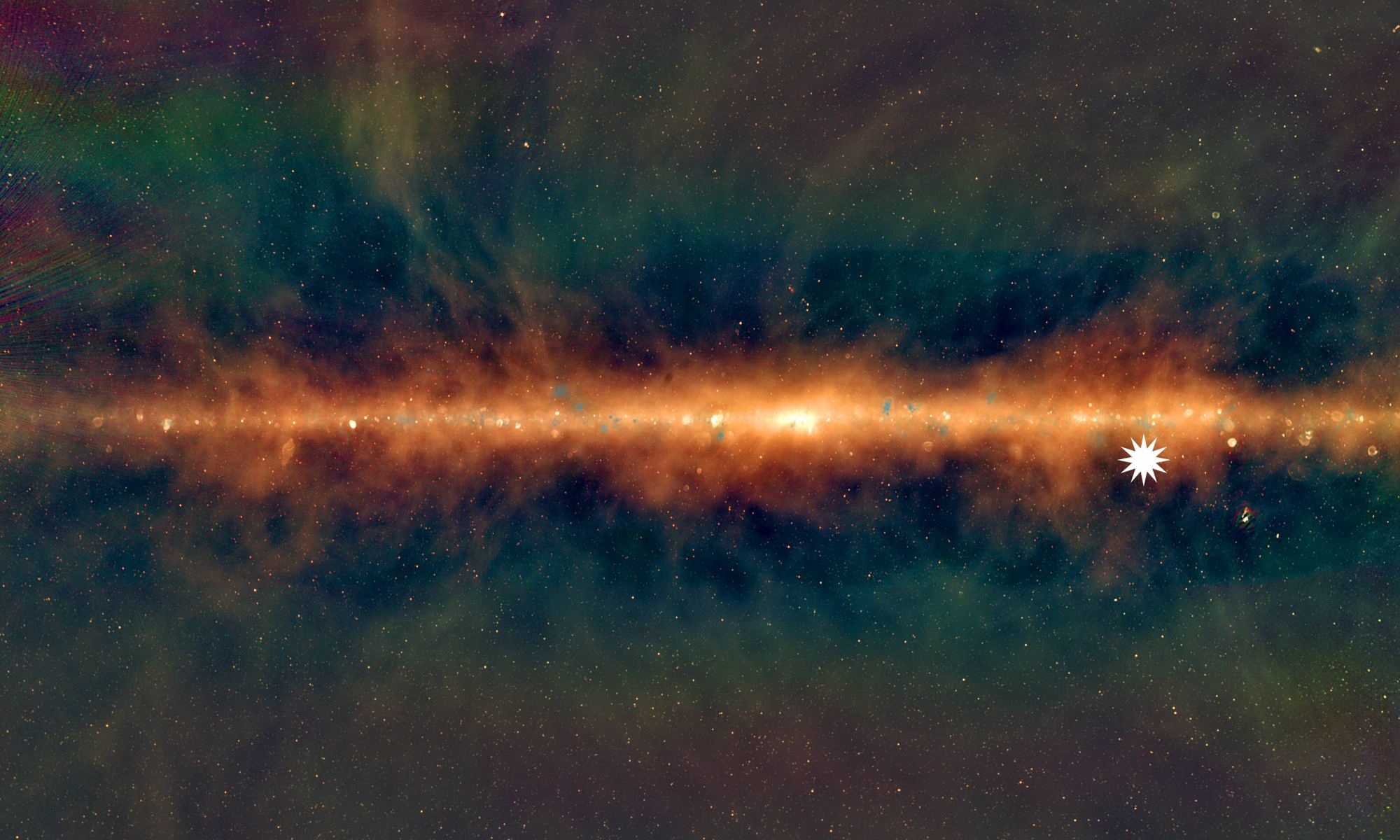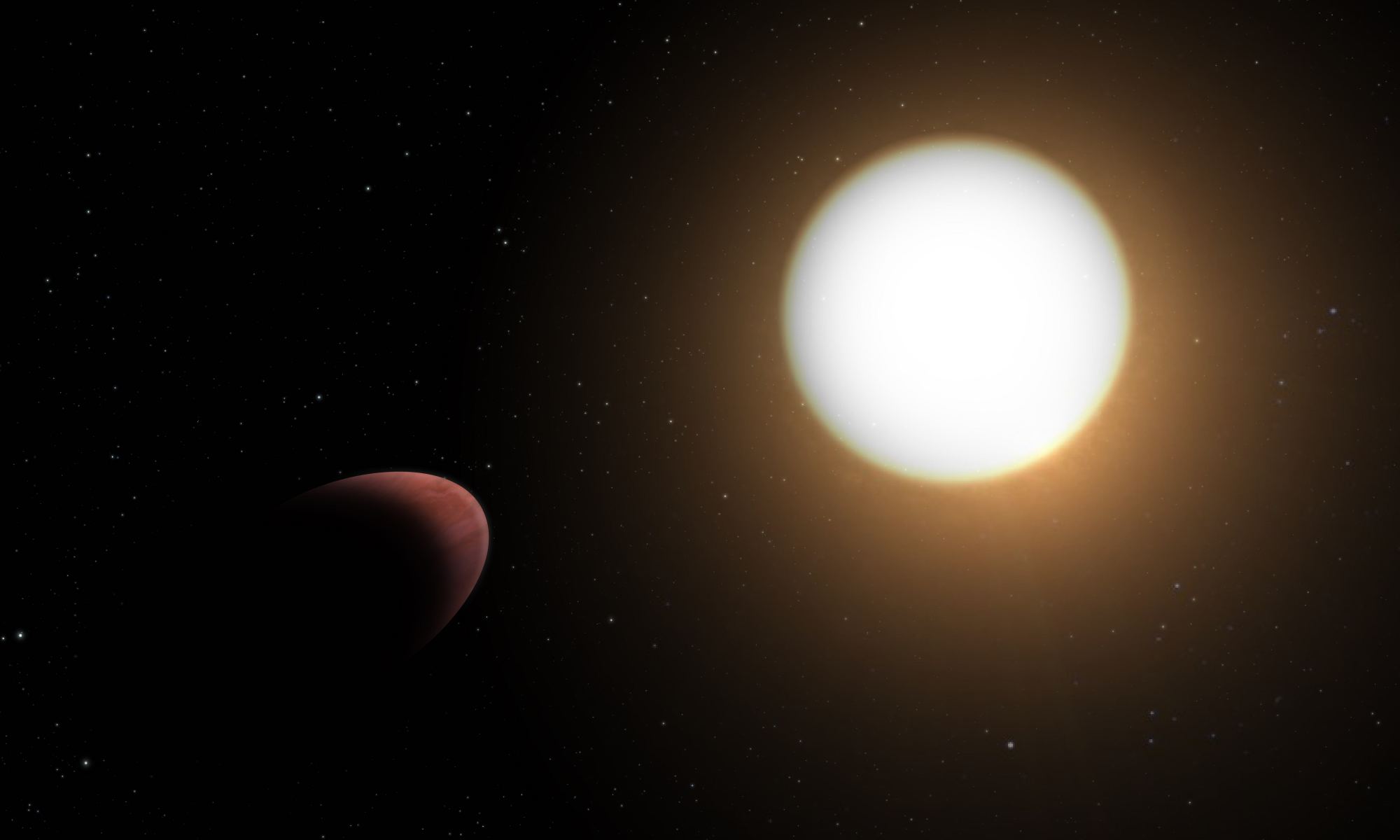Nothing can escape a black hole. General relativity is very clear on this point. Cross a black hole’s event horizon, and you are forever lost to the universe. Except that’s not entirely true. It’s true according to Einstein’s theory, but general relativity is a classical model. It doesn’t take into account the quantum aspects of nature. For that, you’d need a quantum theory of gravity, which we don’t have. But we do have some ideas about some of the effects of quantum gravity, and one of the most interesting is Hawking radiation.
Continue reading “A new way to Confirm Hawking's Idea That Black Holes Give off Radiation”A new way to Confirm Hawking's Idea That Black Holes Give off Radiation










